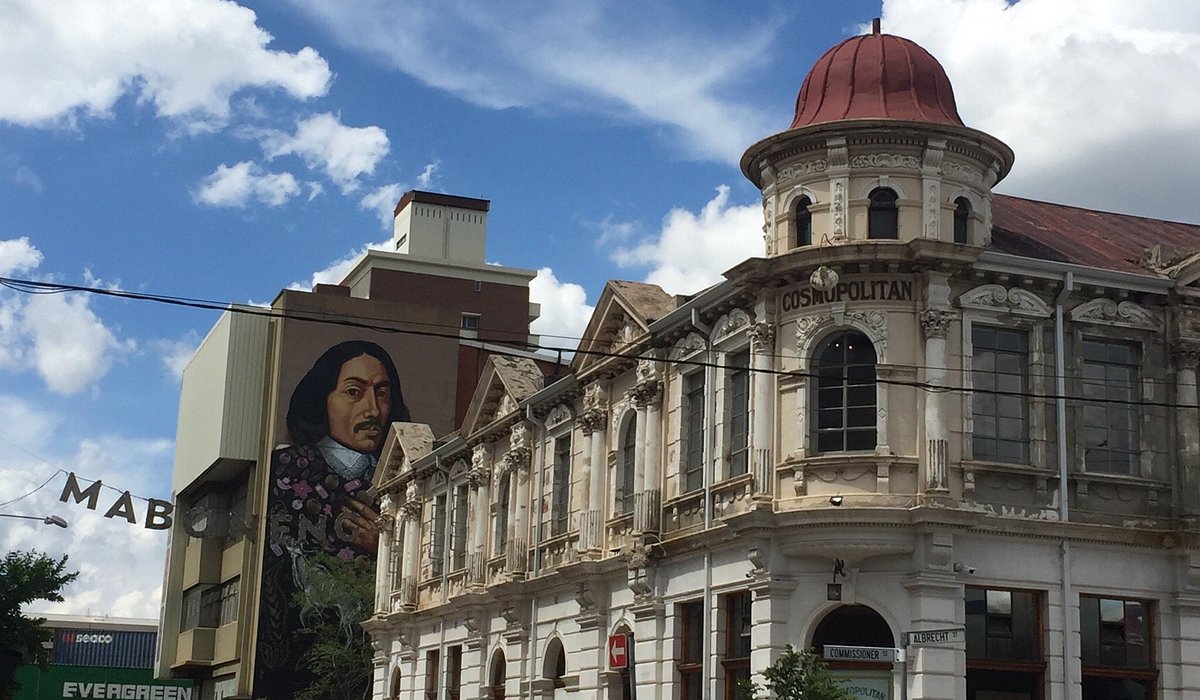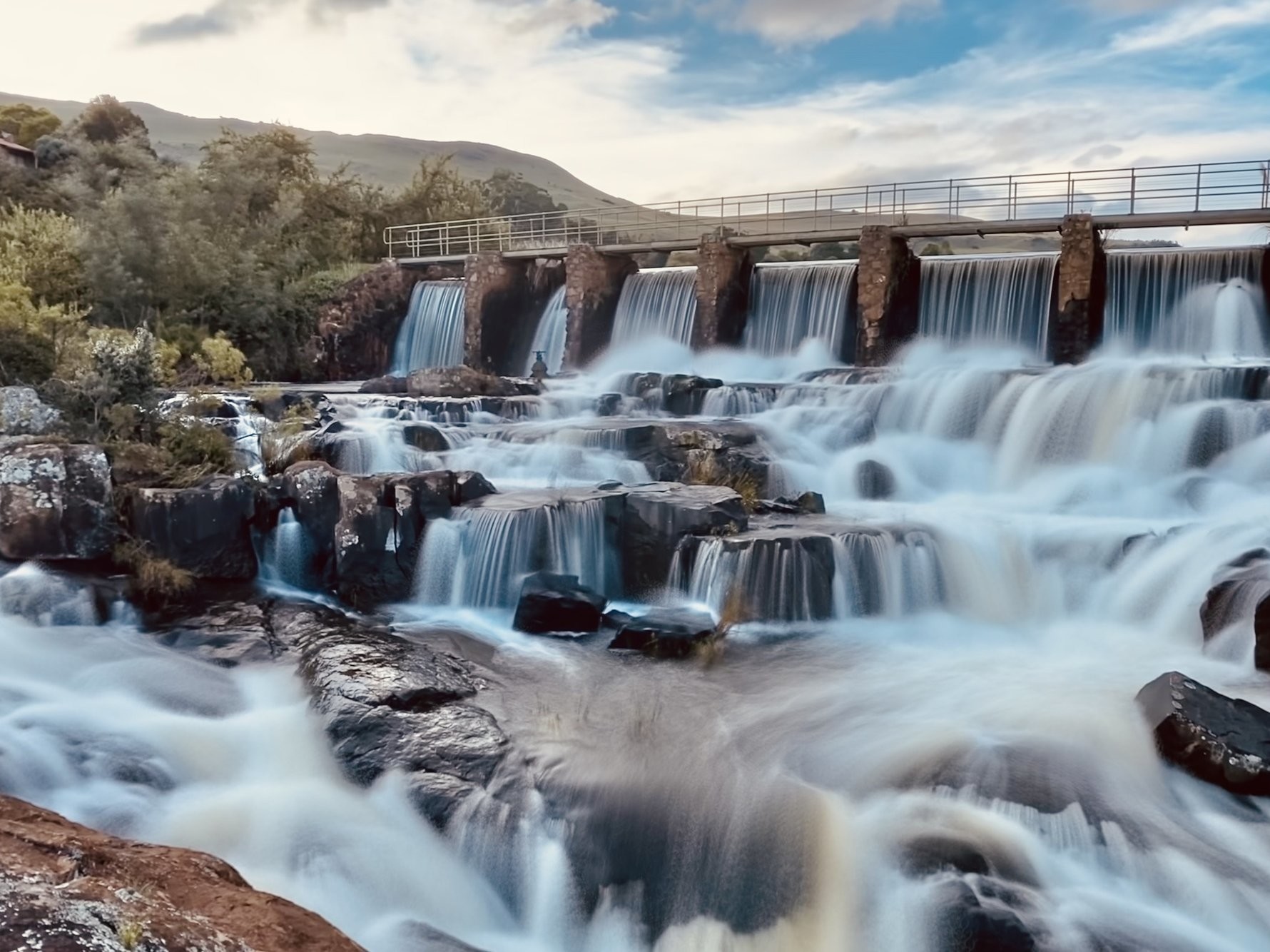The Definitive Guide to Johannesburg North Attractions
The Definitive Guide to Johannesburg North Attractions
Blog Article
Some Ideas on Johannesburg North Attractions You Should Know
Table of ContentsRumored Buzz on Johannesburg North AttractionsThe Ultimate Guide To Johannesburg North AttractionsUnknown Facts About Johannesburg North AttractionsJohannesburg North Attractions for DummiesEverything about Johannesburg North AttractionsRumored Buzz on Johannesburg North Attractions
The city owes its area to the presence of a much more priceless source: gold. The city grew on the edge of the Witwatersrand Key Reef, a below ground stratum of gold-bearing quartz-silica conglomerate that arcs for hundreds of miles underneath the Highveld. A lot of the gold mines in the city stopped procedure in the 1970s, but in its day the Witwatersrand gold market represented even more than 40 percent of the globe's yearly gold production.Johannesburg has a warm climate. The city takes pleasure in about eight hours of sunshine per day in both winter months and summer season.
What rain the city gets falls practically exclusively in the summer season, commonly in stunning late-afternoon electric tornados. Air contamination postures a substantial issue, especially in the winter season, when thermal inversions impede the westward circulation of air from the Indian Ocean. Pollution is most severe in the densely cleared up Black areas on the city's periphery, where several homeowners still rely upon coal for fuel.

An Unbiased View of Johannesburg North Attractions
The equilibrium of the city is occupied by whites. Lodging varies in character and quality. Soweto is notorious for its endless rows of municipally developed, two-room matchbox homes, yet it also has a couple of thriving enclaves as well as brimming squatter camps, where 10s of thousands live without water, electrical energy, or sanitation centers.
Physical development, although rather limited by transportation, proceeded swiftly as migration to South Africa, and Johannesburg specifically, enhanced substantially. This problem was resolved in the 1930s when the automobile was introduced in mass production to South Africa. Autos were, essentially, confined to the rich, and permitted them to move to the north of the city and commute into the centre.
Many inadequate suburbs were blended, with poor blacks and whites living together, although the rich suburban areas were generally reserved for whites. This transformed with the election of the National Party in the 1948 elections, who started to formalise the system known as apartheid. Discrimination officially designated which suburban areas each race can live in under the Group Areas Act.
The estimated population of the area is 200,000, [] yet the variety of individuals staying in the central index city on a casual basis is unidentified, as several are illegal aliens. Most higher-income citizens and white individuals have actually relocated to the north suburbs and have been changed by lower-income black individuals. The joblessness, education and learning, and age accounts of the location are all unidentified, because of the trouble you could try this out of getting dependable details concerning the location.
Facts About Johannesburg North Attractions Revealed
Centred on the CBD, the area includes the residential areas of Yeoville, Bellevue, Troyeville, Jeppestown, and Berea to the east. To the west it infects Pageview (Johannesburg North attractions) and Fordsburg. There are small industrial parks to the south, such as City West-Denver and Benrose. Around 800,000 commuters travel through the central city on a daily basis, and it works as a local buying node for visitors from the southern suburban areas. Yeoville and Bellevue have a mix of apartment and single household devices on small great deals. The area is located on a hilly divide that runs from eastern to west. One of the most conspicuous geographic attribute is Observatory Ridge, which is called for the large observatory located on it. The address leisure rooms are no more used, because of security problems.

Things about Johannesburg North Attractions
The eastern residential areas are some of the oldest locations of Johannesburg, there are huge areas of Jewish and other European backgrounds, the bulk of the population is English speaking. There are 3 golf courses as well as a number of protected ridges with viewsites.
The area is mainly made up of old "matchbox" residences, or four-room residences developed by the government, that were built to provide economical accommodation for black workers during racism. Soweto is an abbreviation, standing for "South Western Townships". Road after road in this field is lined with matchboxes; nonetheless, there are a few smaller sized locations where prosperous Sowetans have developed homes that are a lot more similar in stature with those in more affluent suburban areas.
Hostels are one more famous physical feature of Soweto. Originally built to house male migrant workers, many have actually been enhanced as houses for couples and families. The N1 Western Bypass skirts the eastern boundary of Soweto. The suburb was not historically permitted to create work centres within the location, so nearly all of its citizens are commuters to other parts of the city.
Facts About Johannesburg North Attractions Revealed
The domestic locations in the north suburban areas are mostly formal, with no significant areas of informal housing, or housing that lacks an irreversible structure. This is a recognized location, there is a fad of land usage adjustment from domestic to commercial, specifically along major arterial roads and around established nodes.
The area is well connected to road networks, especially along the north-south axis developed by the M1 and N1. Roadways to the east and west are less well developed, as there are no highways travelling because instructions. In the direction of the north border of the city, the density of advancement decreases, leaving large areas of primitive land around Midrand.
Not known Incorrect Statements About Johannesburg North Attractions
The first suburb to the north of the inner city is Parktown, which is situated on a hillside ignoring the central city and Hillbrow. It has several rich homeowners and Edwardian-style mansions, along with the Education and learning and Medical schools of the University of the Witwatersrand. The large concrete Charlotte Maxeke Johannesburg Academic Healthcare Facility controls the skyline of Parktown.
Report this page